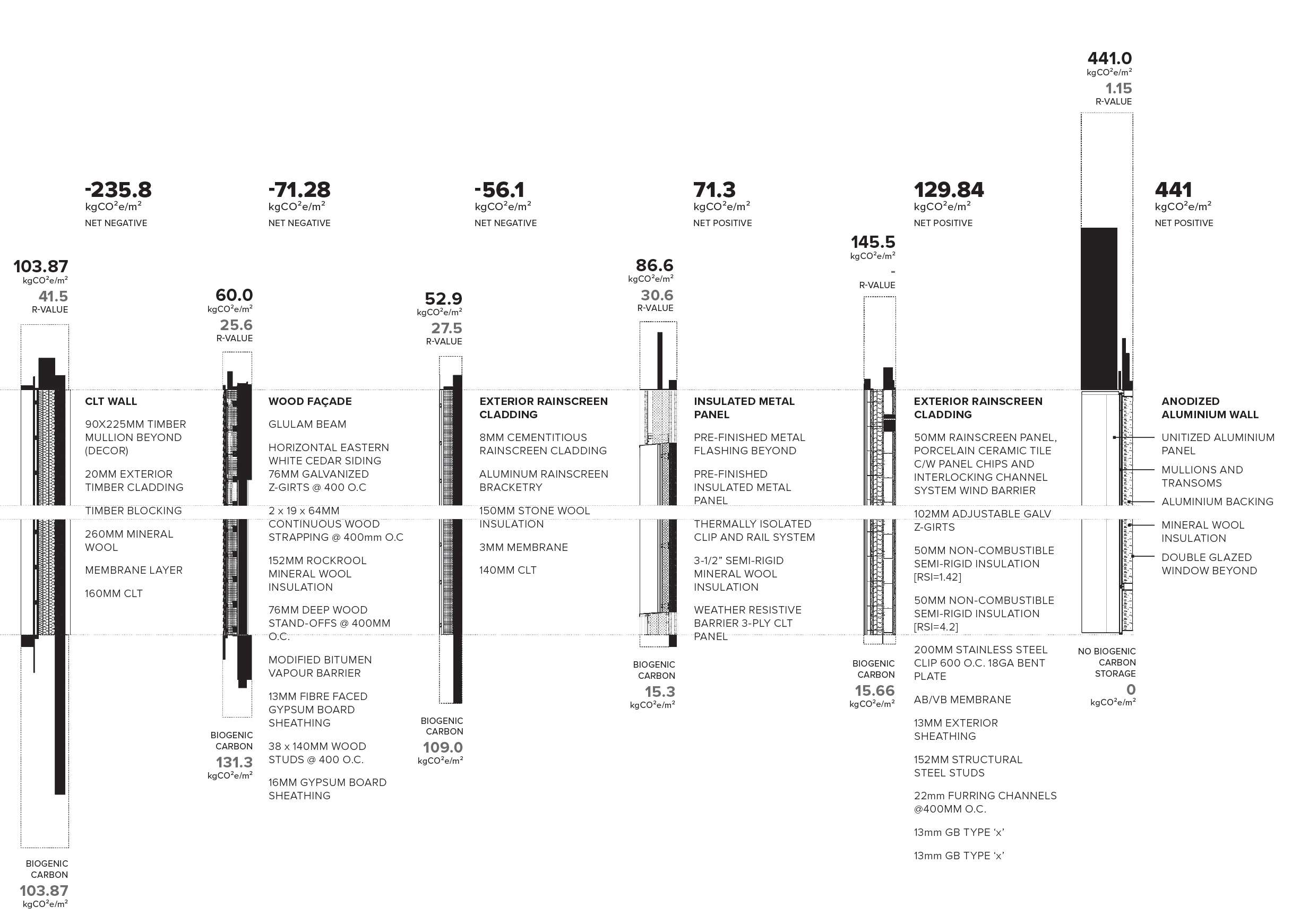The Ha/f Research Seminar: How do we halve the greenhouse gas emissions of the University of Toronto’s own buildings?

ARC3402H F
Instructors: J. Alstan Jakubiec & Kelly Alvarez Doran
Meeting Section: LEC0101
Thursday 9:00 am - 12:00pm
How do we halve the greenhouse gas emissions of the University of Toronto’s built infrastructure? Is a question guided by our current climate predicament, documented extensively by the Intergovernmental Panel on Climate Change (IPCC):
- Anthropogenic greenhouse gas (GHG) emissions have continued to rise from 2010-2019 despite policy changes and technological improvements.
- While electricity grids and industrial / commercial processes are more energy efficient, rising activity levels, land use change, and increased energy supply for transport, agriculture, and buildings have caused GHG emissions to continue to rise.
- Global warming is highly likely to exceed 1.5 °C during the 21st century, and rapid changes will be necessary to constrain further warming beyond 1.5 °C.
- To reach net zero GHG emissions, buildings are expected to account for approximately 24% of the solution, as much as the industrial sector and more than the transportation sector. All buildings need to be net zero by 2050 to contribute to this goal.
This course is setup to address this question from a whole-life perspective: first through embodied carbon emissions, those produced in the construction of a building; and secondly through operational carbon emissions, those produced in the operation of a building. To accomplish this, ten laboratory and teaching buildings have been identified across UofT’s three campuses. In collaboration with UofT facilities and the buildings’ design architects, detailed drawings / Revit models and operational energy information will be made available to the class. Life Cycle Assessment (LCA) tools (One Click LCA), energy simulation tools (ClimateStudio / EnergyPlus), field trips / building tours, and engagement with the design architects will allow a deep understanding of whole lifecycle carbon from our campus buildings.
During this course, students will first use the LCA tools, energy tools, and campus operational energy data at their disposal to assess and explain the current embodied carbon and emissive state of campus buildings, Next, we will assess the impacts of future building renovations to approach net zero operation by 2030 (or 2050 as it may be) while simultaneously balancing added embodied carbon from the renovation process. Finally, the research undertaken by this class will be communicated to UofT facilities and the design architects, influencing future procurement and practice at the University of Toronto and beyond.
| Building | Firm | Campus | Year Completed |
| Myhal CEIE | Montgomery Sisam | St. George | 2018 |
| Daniels [Old / New] | NADAA and Adamson | St. George | 2017 |
| Leslie Dan | Foster + Partners | St. George | 2006 |
| CCBR | Behnisch and architectsAlliance | St. George | 2005 |
| Rotman School of Management Expansion | KPMB | St. George | 2012 |
| Jackman Law Building | Hariri Pontarini & B+H | St. George | 2016 |
| Maanjiwe nendamowinan | Perkins & Will | Mississauga | 2018 |
| Terrence Donnelly Health Sciences | Kongats | Mississauga | 2010 |
| Innovation Complex | Moriyama & Teshima | Mississauga | 2014 |
| CCT Building | Saucier Perrotte | Mississauga | 2004 |
| Environmental Sciences & Chemistry (Earth Tubes) | Diamond Schmitt | Scarborough | 2015 |
| Instructional Centre | Diamond Schmitt | Scarborough | 2011 |

